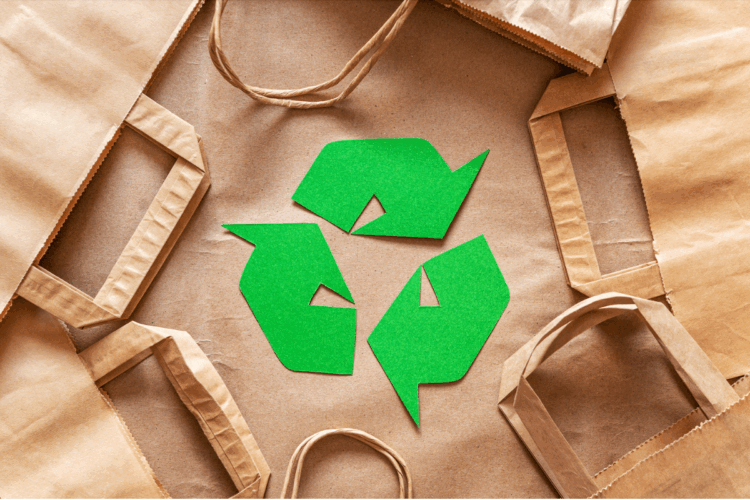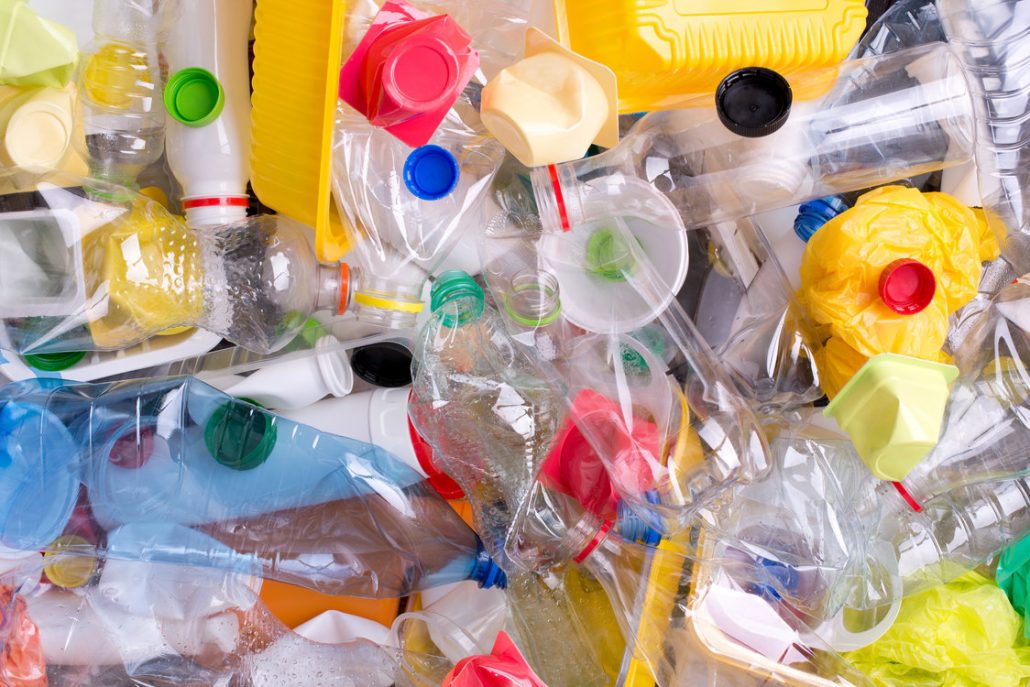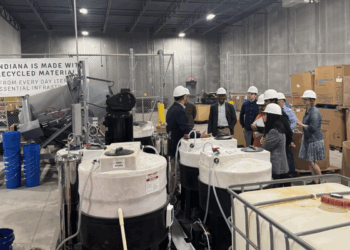A study of 300 people who regularly use reusable packaging showed that reuse systems need minimal and streamlined technology, reminders to return packaging and more options to be successful.
The report comes from Closed Loop Partners’ Center for the Circular Economy and the U.S. Plastics Pact. The study surveyed 300 people along with 16 reusable packaging innovators in the Reuse Catalyst program. That program includes nine business-to-business companies, five business-to-consumer companies and two brick and mortar stores. It was launched in February 2023 by Closed Loop Partners, the U.S. Plastics Pact, the Reusable Packaging Association and World Wildlife Fund.
“If we seamlessly integrate reusable packaging into peoples’ daily lives and routines, removing friction or barriers, we can transform reuse from a lofty ideal into an everyday habit,” the report stated.
More than half (56%) of customers surveyed said that it is “extremely important” that brands offer reusable products and packaging and 47% used the reusable product or service in question weekly.
Roughly 85% of customers surveyed planned to return the reusable packaging, while the remaining 15% said they would opt to keep it for personal use, the report found. An “overwhelming majority of customers surveyed understood that the product/solution they are using is reusable,” but about 3% were unaware that it was reusable.
When asked about cost, 45% of customers said the price of the reusable item in question was “about the same as a single-use alternative.”
Of the 300 surveyed early adopters of reuse systems, 55% considered themselves “extremely concerned about climate change.” Most cited less waste as the main benefit of using reusable packaging. The 16 businesses also largely said the same.
The main disadvantage cited by customers was the lack of convenience. Business owners noted that the increased expense compared to single-use alternatives was their biggest challenge, but over half of the businesses surveyed also noted that customer engagement is the largest opportunity for the growth of reusables at their company.
“With a steady drumbeat of coherent messaging and visibility, using and returning reusable packaging can become intuitive to customers,” the report stated.
Challenges
The report noted that “customer understanding of every step in a reuse system – from collection to cleaning to redistribution – remains murky.”
“Customers strongly favored a streamlined, straightforward enrollment flow, with minimal technological hurdles to cross,” the report added. “Introducing more than two extra steps into the sign up process quickly becomes burdensome for customers.”
Education, communication and intentional design choices “that balance utility, sustainability and appeal” are other keys for successful reuse systems, the report added.
“It’s important to note that overly desirable aesthetics may hinder reuse participation,” the report found. “If reusable packaging is too appealing, customers may opt to keep them, defeating the purpose. Some packaging is iconic, implying a certain value that customers want to retain. Reuse innovators must walk this line in their design process.”
A version of this story appeared in Resource Recycling on Jan. 16.






















